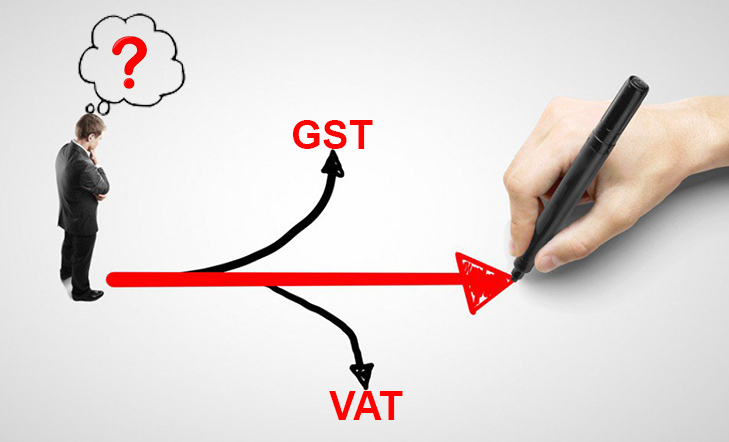
GST stands for Goods and Services Tax, which is a multi-stage taxation system on goods and services in our country. GST’s beginning has surpassed the indirect system of tax. For instance, excise duty, VAT, and service tax in our country. The primary aim of this tax system is to restrict the cascading effect of other indirect taxes. This is pertinent throughout the country.
On the other hand, VAT stands for Value Added Tax. VAT is a taxation system at the state level. This is levied on goods and services instantly upon the trial of the sale invoice. Or the VAT is levied on when the goods are transmitted for their sale. VAT is paid to the government through the producers. However, the main tax is imposed on the consumers or end-users which means the person purchasing the goods.
What Is GST And Its Cascading Effect?
The introduction of GST in our country rightly represents the ideology of “one nation, one tax”. Through the Goods and Services Tax system in India, the taxation has taken a much more contemporary and reasonable turn in the taxation system. GST was meant to curb the primary problems which have been observed under the Value Added Tax authority. For instance, the cascading effect of tax imposed on goods at each step of its selling. Due to this, the end-user or the consumer had to pay the tax that had already been paid.
Goods and Services Tax, that is, GST has rebuilt a better taxation system by eliminating state-level taxation. However, there is one existing state-level tax that is levied on goods and services. This is the VAT or Value Added Tax.
Advantages Of GST Implementation
There are various benefits of the GST implementation, such as:
- Apply for GST registration through an easy online method
- Cascading effect of the tax is no longer a hindrance to the country’s economy
- Very less compliance
- Separate handling for e-commerce firms
What Is VAT And Why Is It Being Merged Into GST?
VAT or Value-added Tax began in 2005. This indirect tax system was introduced as an alternative to Sales Tax. VAT is imposed on supplies and services at every step till the final sale. VAT is heavier on some key items such as alcohol, petrol, and diesel. These are usually not taxable under the Goods and Services Tax system.
Value-added Tax was meant to integrate markets in India. It was introduced to unify the tax rates for goods and services. But it has been noticed that this system has several disadvantages. For instance, the cascading effect of the tax system, varying VAT laws and rates in various states, no ITC (Input Tax Credit) on services under VAT etc.
Comparison Between VAT And GST
| Parameter | VAT | GST |
| Applicable on | Sales of products | Both services and goods |
| When is it imposed? | Time of sale | Supply of services and goods |
| Tax laws and rates | Varies depending on the states | Same all over India |
| Permission on taxes | Restricted to the state | Equally divided among state and country |
| Time of filing return | 10th, 15th, 20th of the coming month for the previous month | Every 20th of the coming month for the previous month |
| Ways to pay | Only offline mode | Both offline and online mode is available |
| ITS | NA | Applicable |
| Tax is collected by | State of seller | State of consumer |
Now that you know the basic differences between GST and VAT, you may have further questions that require detailed answers. To know more about GST, GST registration and so on, go to the Finserv MARKETS website.
